Breadcrumb
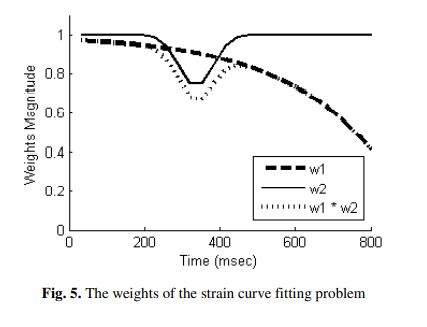
Correction of left ventricle strain signals estimated from tagged MR images
Strain measurement is a quantity used for assessing the regional function of the left ventricular (LV) of the heart. They are computed by tracking the motion of the non-invasive, virtual tags in the cardiac muscle with time. Tracking these tags gives information for each region of the cardiac muscle by quantifying its deformation during contraction (systolic period) and relaxation (diastolic period). However, these strain measurements suffer from inaccuracies caused by the degradation of the tags and the image quality. In this work, numerical simulations are used to investigate the factors
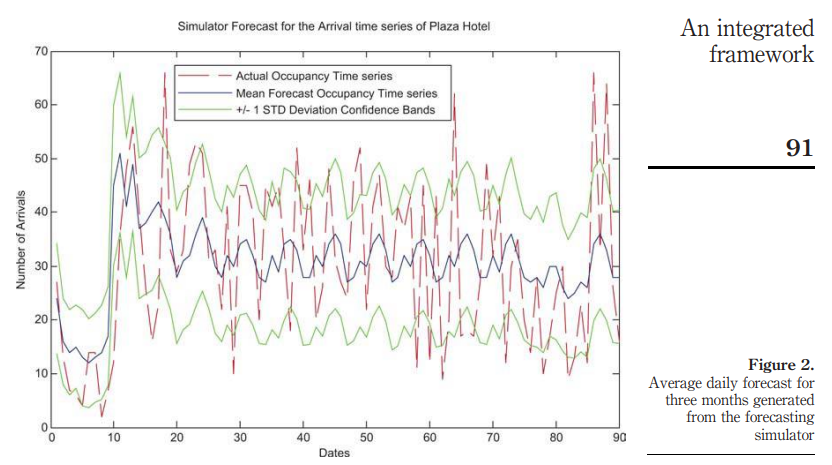
An integrated framework for advanced hotel revenue management
Purpose: This paper aims to present an integrated framework for hotel revenue room maximization. The revenue management (RM) model presented in this work treats the shortcomings in existing systems. In particular, it extends existing optimization techniques for hotel revenue management to address group reservations and uses "forecasted demand" arrivals generated from the real data. Design/methodology/approach: The proposed forecasting module attempts to model the hotel reservation process from first principles. In particular, it models hotel arrivals as an interrelated process of stochastic

Accurate analysis of cardiac tagged MRI using combined HARP and optical flow tracking
In this work, we present a new method for analyzing cardiac tagged Magnetic Resonance Imaging (tMRI). The method combines two major tracking techniques: Harmonic Phase (HARP) and Optical Flow (OF). The results of the two techniques are fused together to accurately estimate the displacement of each myocardium point. The developed methods were tested using numerical MRI phantom at different SNR levels and deformation rates. The results show that the proposed method is more accurate and reliable than the HARP and the OF methods. © 2012 IEEE.

A corpus based approach for the automatic creation of Arabic broken plural dictionaries
Research has shown that Arabic broken plurals constitute approximately 10% of the content of Arabic texts. Detecting Arabic broken plurals and mapping them to their singular forms is a task that can greatly affect the performance of information retrieval, annotation or tagging tasks, and many other text mining applications. It has been reported that the most effective way of detecting broken plurals is through the use of dictionaries. However, if the target domain is a specialized one, or one for which there are no such dictionaries, building those manually becomes a tiresome, not to mention
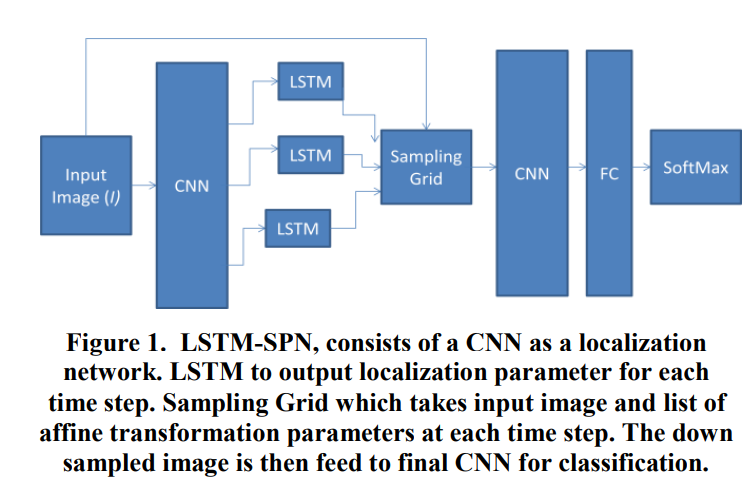
Optical character recognition using deep recurrent attention model
We address the problem of recognizing multi-digit numbers in optical character images. Classical approaches to solve this problem include separate localization, segmentation and recognition steps. In this paper, an integrated approach to multi-digit recognition from raw pixels to ultimate multi class labeling is proposed by using recurrent attention model based on a spatial transformer model equipped with LSTM to localize digits individually and a subsequent deep convolutional neural network for actual recognition. The proposed method is evaluated on the publicly available SVHN dataset where
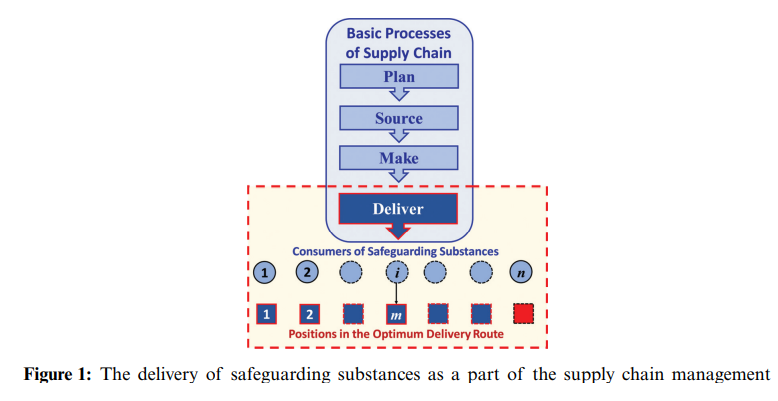
Managing Delivery of Safeguarding Substances as a Mitigation against Outbreaks of Pandemics
The optimum delivery of safeguarding substances is a major part of supply chain management and a crucial issue in the mitigation against the outbreak of pandemics. A problem arises for a decision maker who wants to optimally choose a subset of candidate consumers to maximize the distributed quantities of the needed safeguarding substances within a specic time period. A nonlinear binary mathematical programming model for the problem is formulated. The decision variables are binary ones that represent whether to choose a specic consumer, and design constraints are formulated to keep track of the
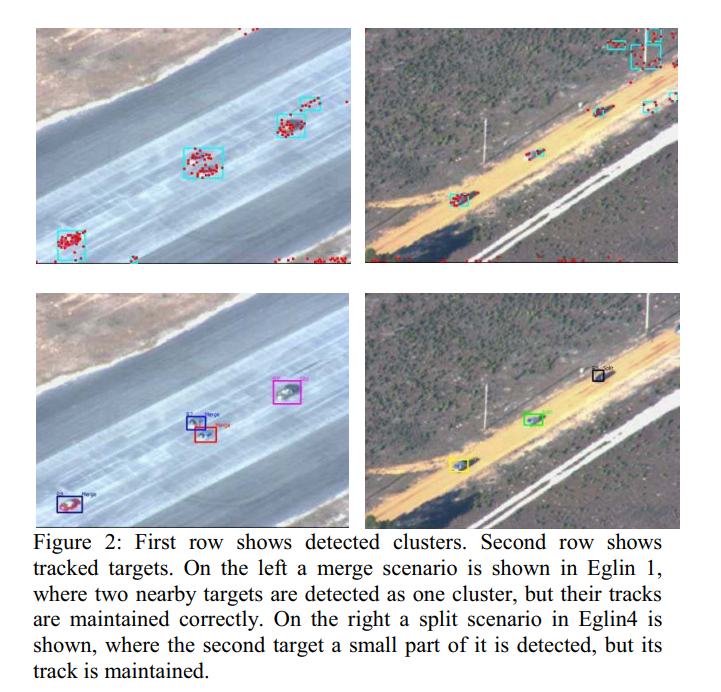
Robust autonomous visual detection and tracking of moving targets in UAV imagery
The use of Unmanned Aerial Vehicles (UAVs) for reconnaissance and surveillance applications has been steadily growing over the past few years. The operations of such largely autonomous systems rely primarily on the automatic detection and tracking of targets of interest. This paper presents a novel automatic multiple moving target detection and tracking framework that executes in real-time and is suitable for UAV imagery. The framework is based on image feature processing and projective geometry and is carried out on the following stages. First, outlier image features are computed with least
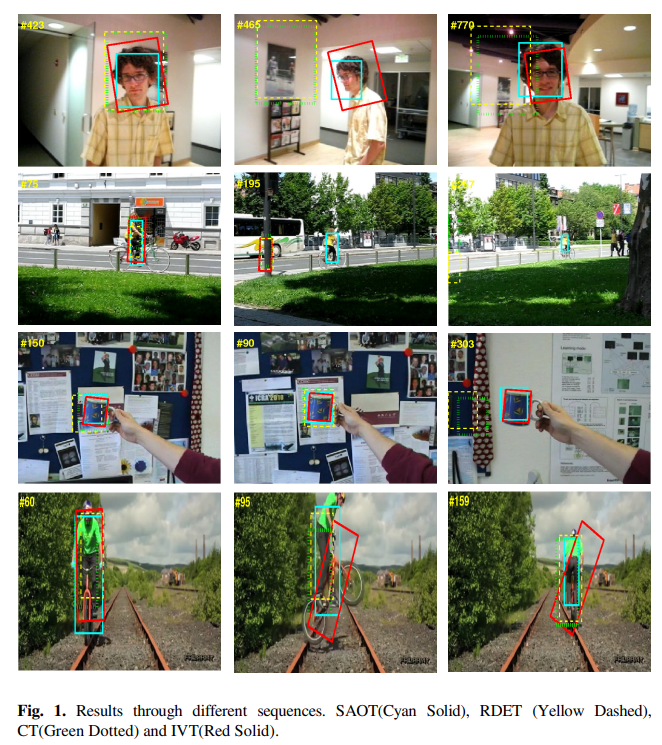
Scale-adaptive object tracking with diverse ensembles
Tracking by detection techniques have recently been gaining increased attention in visual object tracking due to their promising results in applications such as robotics, surveillance, traffic monitoring, to name a few. These techniques often employ semi-supervised appearance model where a set of samples are continuously extracted around the object to train a discriminant classifier between the object and the background whereas real-time performance is attained by using reduced object representations as in the case of the compressive tracking algorithm. However, because they rely on self

Towards cloud customers self-monitoring and availability-monitoring
As an attractive IT environment, Cloud Computing represents a good enough paradigm which governments, national entities, small/medium/large organizations and companies want to migrate to. In fact, outsourcing IT related services to Cloud technology, needs monitoring and controlling mechanisms. However, Cloud Customers cannot fully rely on the Cloud Providers measurements, reports and figures. In this book chapter, we cover the two Cloud Computing operation sides. For the first operation side, we provide advices and guidelines for Cloud layers which can be under Cloud Customer control, to allow

Vision capabilities for a humanoid robot tutoring biology
Robots are expected to be the future solution in various fields. One of these fields is education. Teachers, students and robots have to work together to make this assumption true. For this, robots must have the adequate capabilities that can help them succeed. Vision of the robot is an essential tool that the robot uses to perform several tasks. Hence, it has to be taken into consideration, the steps and the expectations for this robot vision system to surpass at least the very basic skills. Detection, recognition, and localization are the basic skills that we are implementing in our
Pagination
- Previous page ‹‹
- Page 7
- Next page ››
